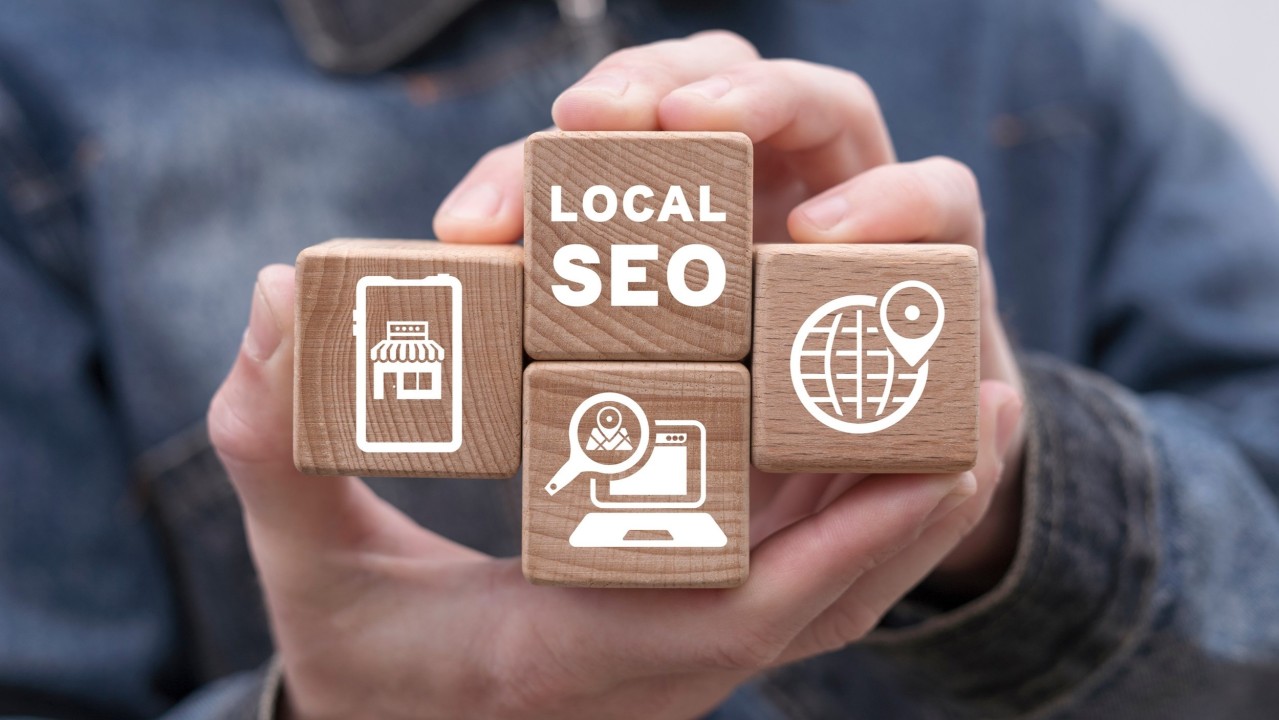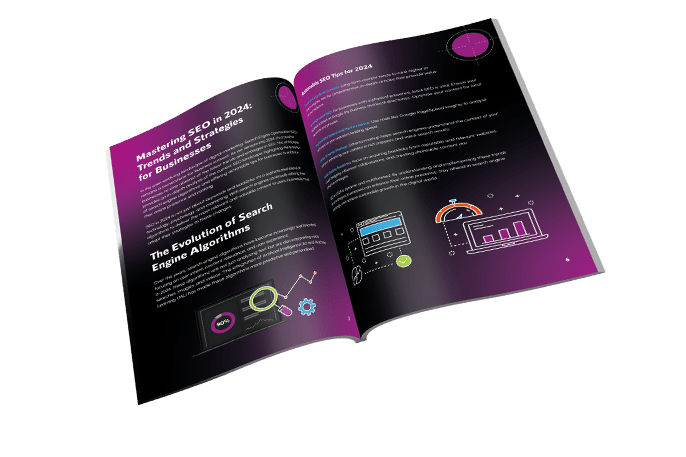News
Maximising Google Ads Performance: How Agencies Improve PPC Targeting
Google Ads, being the world’s leading online advertising platform, offers immense potential for driving targeted traffic and conversions. However, optimising Google Ads campaigns requires a fine-tuned approach that goes beyond simply setting up ads and bidding on keywords. This is where digital marketing agencies come into play. By leveraging expert strategies, advanced tools, and industry insights, agencies can significantly enhance PPC targeting and ensure that businesses achieve maximum performance from their Google Ads efforts.
This article will explore the various techniques that agencies use to optimise Google Ads campaigns, focusing specifically on improving targeting. From audience segmentation to the use of lookalike audiences and AI-driven automation, agencies play a pivotal role in helping businesses reach high-intent users, driving conversions, and ultimately achieving better results from their ad spend.
Understanding PPC Targeting: The Foundation of Successful Campaigns
PPC targeting is the cornerstone of any successful Google Ads campaign. At its core, it involves selecting the right audience, keywords, locations, devices, and other factors to ensure that ads are displayed to users who are most likely to engage with them. Poor targeting can lead to wasted ad spend, low click-through rates (CTR), and suboptimal conversion rates. On the other hand, well-optimised targeting can result in higher CTRs, improved quality scores, and better overall campaign performance.
Agencies bring a wealth of experience and technical expertise to the table when it comes to PPC targeting. Their understanding of both the technical aspects of Google Ads and the specific needs of the client allows them to create highly focused campaigns. Let’s explore how agencies go about improving targeting for their clients.
Audience Segmentation: Reaching the Right Users
One of the most effective ways agencies enhance PPC targeting is through audience segmentation. This involves dividing a broad audience into smaller, more specific groups based on shared characteristics such as demographics, interests, behaviours, and buying intent.
Demographic Segmentation
Agencies use demographic segmentation to tailor campaigns to specific age groups, genders, income brackets, and more. For example, if a client is a luxury brand selling high-end products, agencies may target wealthier demographics who are more likely to make a purchase. Google Ads offers robust demographic targeting options, allowing agencies to exclude or focus on particular segments based on factors like income, parental status, or education levels.
Behavioural Segmentation
In addition to demographic data, agencies rely heavily on behavioural insights to fine-tune PPC targeting. This includes tracking users’ online behaviours, such as websites they visit, products they view, and actions they take (e.g., adding items to their cart but not completing the purchase). By identifying high-intent behaviours, agencies can target users who are more likely to convert.
For instance, an eCommerce retailer might want to re-target users who have previously interacted with their site but did not complete a transaction. Agencies can create remarketing lists to show tailored ads to these users, offering incentives such as discounts to encourage them to complete their purchase.
Geographic and Location-Based Targeting
Location-based targeting is another critical tool in the agency arsenal. Agencies can use geographic targeting to display ads to users in specific regions, cities, or even postcodes. This is particularly beneficial for businesses with a local presence, such as restaurants, retail stores, or service providers.
Advanced agencies take this a step further by using location-based bid adjustments, allocating more of the budget to areas where users are more likely to convert. For example, if a business sees higher conversion rates in a specific region, an agency may increase bids for users in that area while reducing spend in less profitable locations.
Interest and Affinity Segmentation
Google Ads provides options for targeting users based on their interests and affinity categories. Agencies leverage this by targeting users who have shown a strong interest in related products or services. For example, if a client sells eco-friendly products, an agency might target users who have demonstrated an interest in sustainability, green living, or environmental causes.
By aligning ad campaigns with the interests and preferences of specific audience segments, agencies can significantly improve targeting accuracy and engagement rates.
Utilising Lookalike Audiences: Expanding Reach While Maintaining Relevance
A key tactic employed by agencies to improve Google Ads targeting is the use of lookalike audiences. Lookalike audiences, known as “similar audiences” in Google Ads, are groups of users who share characteristics with an existing high-performing audience. These audiences allow businesses to expand their reach beyond their current customer base while still targeting users who are likely to be interested in their products or services.
How Lookalike Audiences Work
To create a lookalike audience, agencies start by analysing a business’s existing customer data or website traffic. For instance, they may use data from a remarketing list or a customer match list. Google’s algorithms then identify users who exhibit similar behaviours, demographics, and interests as the original audience.
For example, if a business has a list of customers who have completed a purchase, an agency can create a lookalike audience of users who share similar traits and interests. The result is an expanded audience that is more likely to convert because they have characteristics in common with existing customers.
Benefits of Lookalike Audiences
One of the primary advantages of lookalike audiences is the ability to scale campaigns without sacrificing relevance. Businesses can reach new users who may not have been aware of their products but share similar behaviours and interests as their best customers. Agencies often find that lookalike audiences deliver a higher return on ad spend (ROAS) because they allow for targeted expansion rather than broad, untargeted outreach.
Moreover, by refining lookalike audiences over time based on performance data, agencies can continuously improve the targeting accuracy and effectiveness of Google Ads campaigns.
Keyword Targeting: Striking the Balance Between Reach and Relevance
Keyword targeting remains a critical aspect of PPC campaigns, and agencies excel at striking the right balance between reach and relevance. Selecting the right keywords is vital for ensuring that ads are shown to users with high commercial intent, meaning they are more likely to take action, such as making a purchase or submitting a lead form.
Long-Tail Keywords
Agencies often recommend focusing on long-tail keywords—specific, multi-word phrases that reflect a user’s intent. For instance, instead of bidding on a broad keyword like “shoes,” an agency might target “women’s running shoes size 7.” Long-tail keywords tend to have lower competition and higher intent, making them more cost-effective and relevant for driving conversions.
Negative Keywords
In addition to selecting target keywords, agencies optimise campaigns by identifying negative keywords—terms that are irrelevant to the business or attract low-quality traffic. Negative keywords help prevent ads from being shown to users who are unlikely to convert. For example, an agency running a campaign for a premium clothing brand might add negative keywords like “cheap” or “discount” to avoid attracting bargain hunters.
Keyword Match Types
Agencies also fine-tune targeting by choosing the right keyword match types. Google Ads offers different match types: broad match, phrase match, and exact match. Agencies often start with a combination of these to gather data, then optimise based on performance. Exact match tends to be the most precise, while broad match provides greater reach but requires more careful monitoring to avoid wasted spend on irrelevant searches.
Automation and Machine Learning: Enhancing Targeting Efficiency
In recent years, Google Ads has introduced more automation and machine learning capabilities to help advertisers optimise their campaigns. Agencies are at the forefront of leveraging these tools to improve PPC targeting.
Smart Bidding
Smart Bidding is an automated bidding strategy that uses machine learning to optimise for conversions or conversion value in every auction. Agencies utilise Smart Bidding to adjust bids in real-time based on signals such as device, location, time of day, and user behaviour. By allowing Google’s algorithms to make data-driven decisions, agencies can maximise ROI while reducing the manual effort involved in bid management.
Dynamic Search Ads
Dynamic Search Ads (DSAs) are another automated feature that agencies use to enhance targeting. DSAs automatically generate ad headlines and landing pages based on the content of a website, matching them to relevant search queries. This can be particularly useful for businesses with large inventories or frequently changing product offerings. Agencies use DSAs to capture additional search traffic without having to manage a comprehensive list of keywords manually.
Testing and Optimisation: Continuously Refining PPC Targeting
One of the biggest advantages of working with a digital marketing agency is the ongoing optimisation and testing that they bring to the table. PPC campaigns are not static; they require constant monitoring, analysis, and adjustments to maintain optimal performance.
A/B Testing
Agencies frequently conduct A/B testing to compare different ad copy, landing pages, and bidding strategies. By testing variations of ads, they can determine which elements resonate most with the target audience and generate the highest conversion rates. A/B testing provides valuable data that agencies use to refine targeting strategies and improve overall campaign performance.
Conversion Tracking and Attribution
To accurately measure the success of PPC targeting efforts, agencies set up comprehensive conversion tracking. This involves tracking not just direct purchases or leads but also micro-conversions (e.g., adding an item to the cart or signing up for a newsletter). Agencies also pay close attention to attribution models, ensuring that the correct value is assigned to different touchpoints in the customer journey.
For example, an agency might discover through data analysis that users who interact with display ads are more likely to convert after performing a branded search. This insight allows the agency to optimise the campaign to give more weight to those interactions.
Maximising Google Ads performance requires a strategic, data-driven approach to PPC targeting. While Google Ads provides a powerful platform for reaching potential customers, the true potential of the tool can only be unlocked with expert management and optimisation.





The Ultimate Social Media Guide
With the ever-growing power of social media, we use the latest techniques, video, and animation software to craft eye-catching social media assets that make your brand pop. Our designers, wielding Adobe Creative tools, create distinctive animations and graphics to illuminate your brand story and highlight your products or services. Want a unique design? No problem – we also offer bespoke designs to match your brand aesthetic.